matthew robertson photo essay
Toronto Penguins in Orangeville
Orangeville hosts a race in the Ontario Women's Triathlon series. Several members of the Toronto Penguins running club were in attendance.

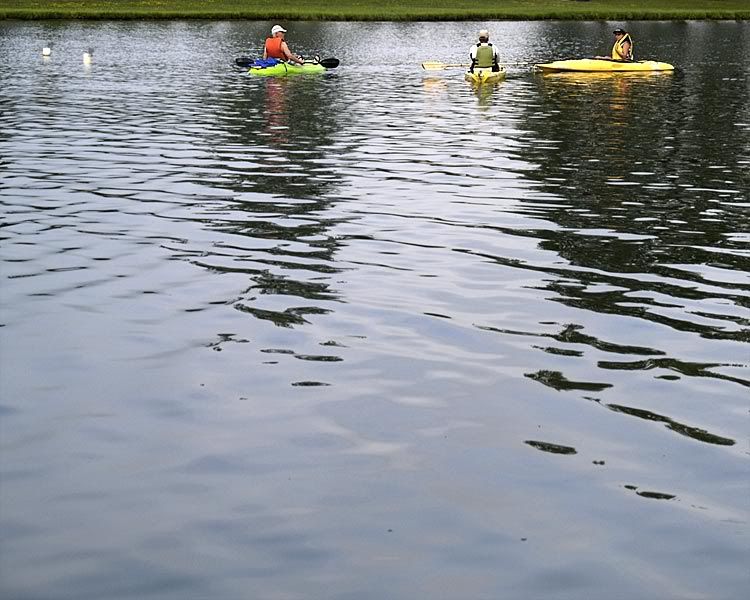

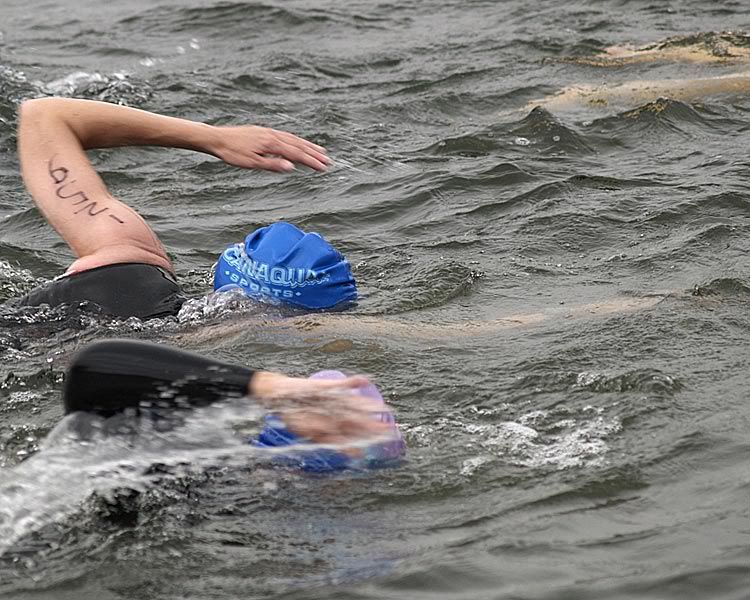
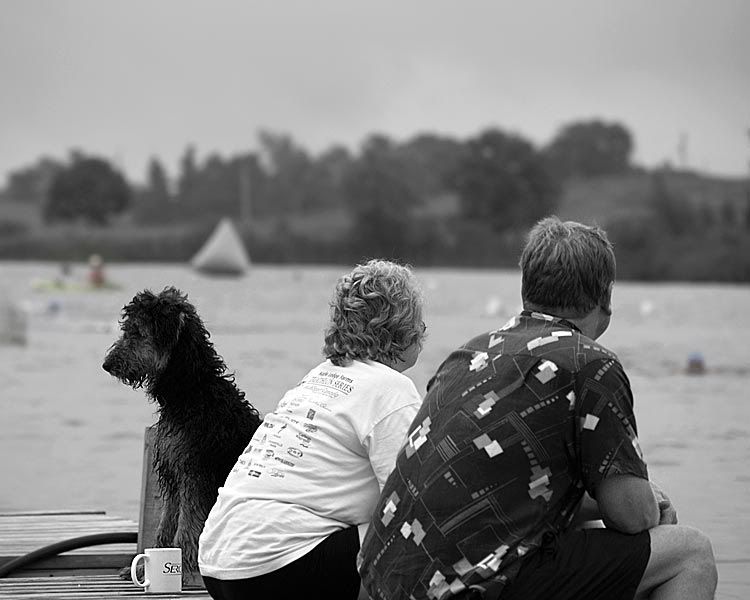
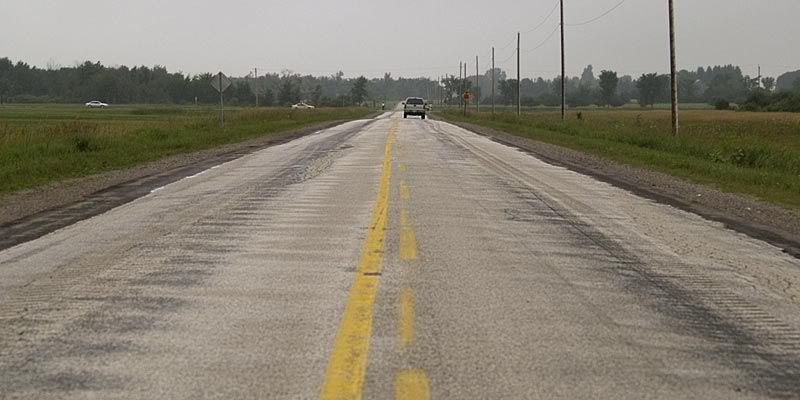
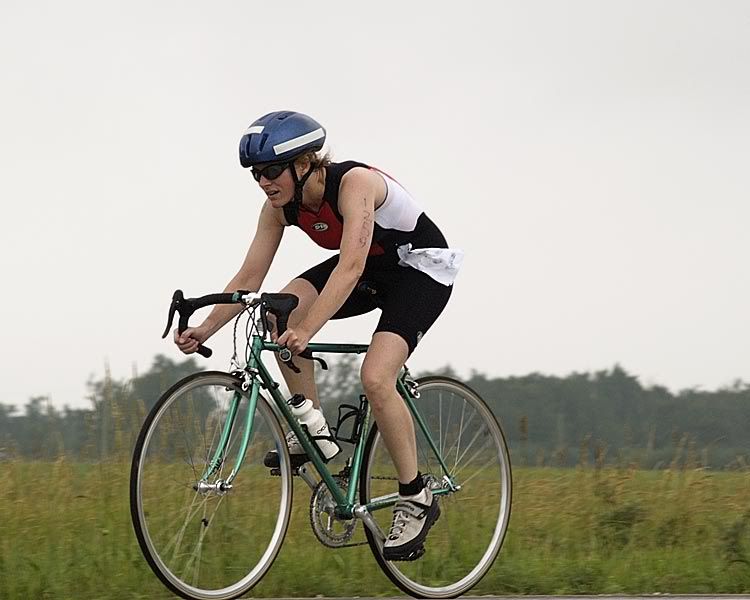

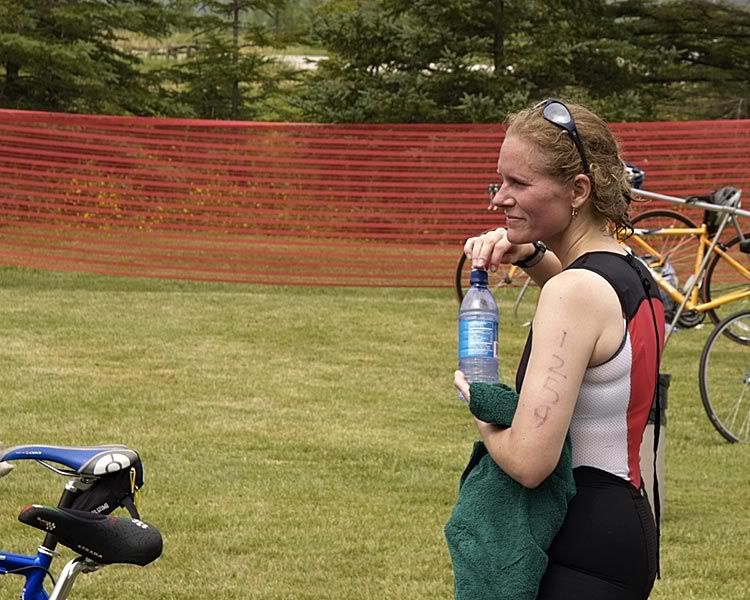
matthew robertson photo essay
Spadina Avenue
You Are Here
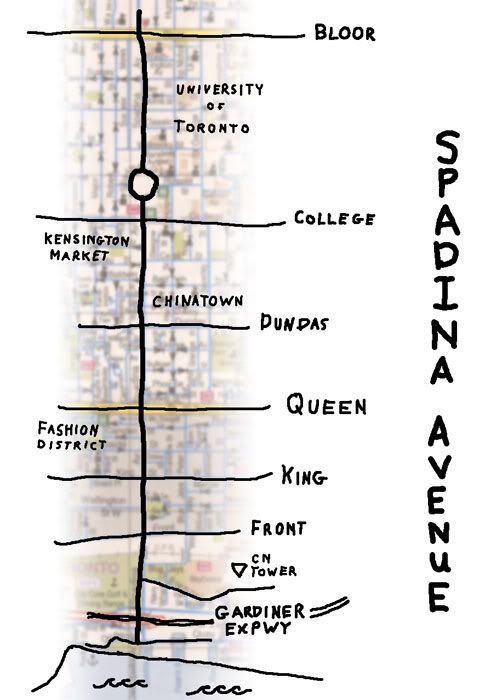
Spadina avenue runs north from Lake Ontario to Bloor street, the major east-west street crossing the top of downtown Toronto. It is both an historic street and a modern one.
South to Water
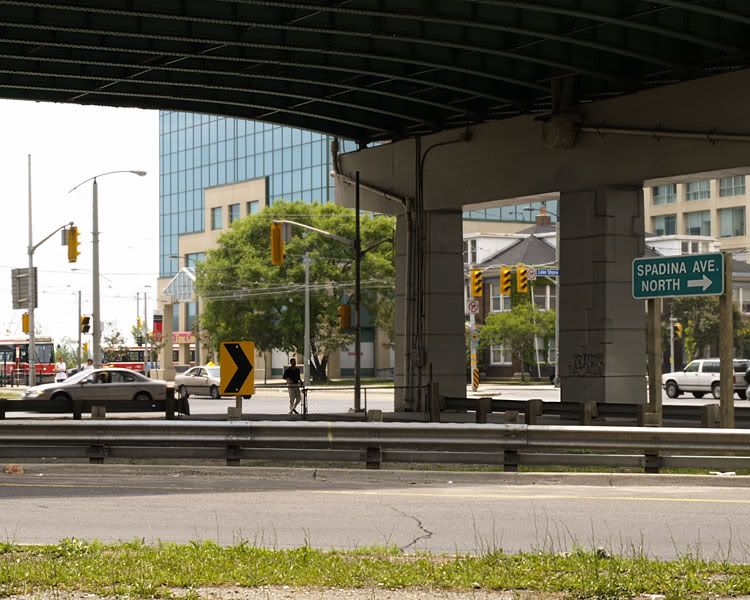
Spadina takes its name from a First Nation's word meaning 'hill'. It stretches just over three kilometers, or about two miles. It starts its journey at the lake, underneath an elevated expressway. From here it runs north through the western edge of the city centre.
Under Construction
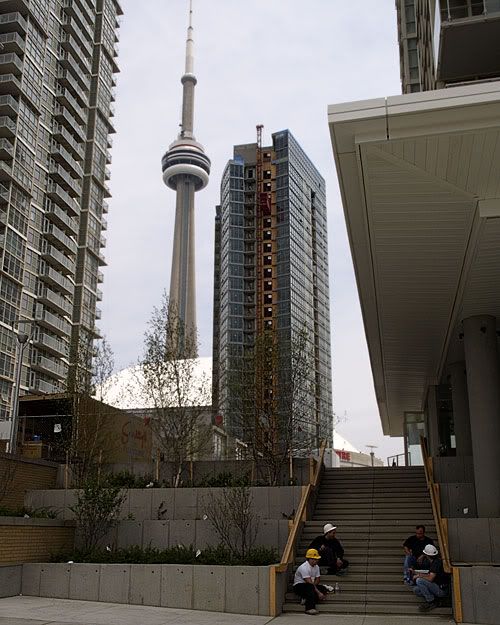
The lower end of the street is home to a massive new residential development built on former railway lands. New construction is everywhere. This area already hosts the world's first stadium with a retractable roof, and the world's tallest freestanding structure (outside of Moscow).
The Fashion District
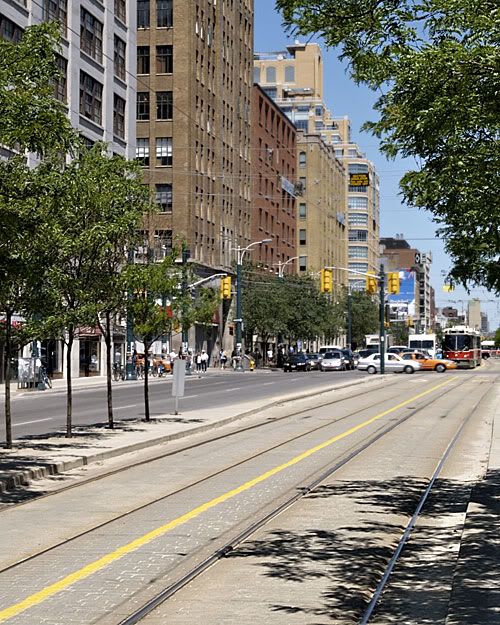
We're now in the old industrial Spadina, originally home to garment factories and warehouses. It is now an area of offices and trendy Loft-style condominiums, with art galleries and health clubs for the downtown professionals.
It's impossible to discuss Spadina without discussing its streetcars. In 1880, the Toronto Street Railway started running horse-drawn trams; streetcars continued on Spadina until a post-war shortage of electricity made the Toronto Transit Commission abandon the route in 1948. Buses competed with cars and trucks for fifty years before the entire street was rebuilt to create the Spadina Light Rapid Transit line. Spadina now has dedicated centre lanes for the streetcars, two lanes in each direction for traffic, and new trees and public art.
Seven Days a Week
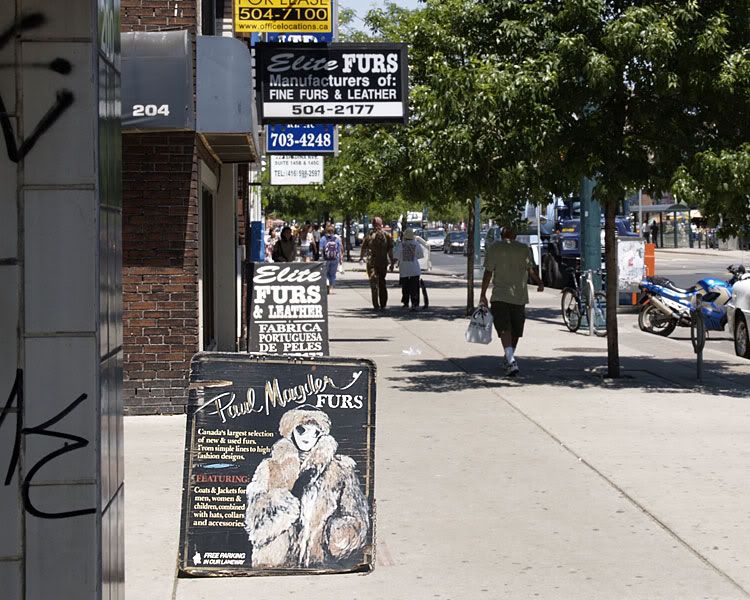
Furriers still cluster on Spadina above Queen street. Paul Magder Furs became famous for its defiance of the Retail Business Holidays Act by opening on Sundays. Less than fifteen years ago, this caused an uproar. Times have changed, if only recently.
Welcome to Chinatown
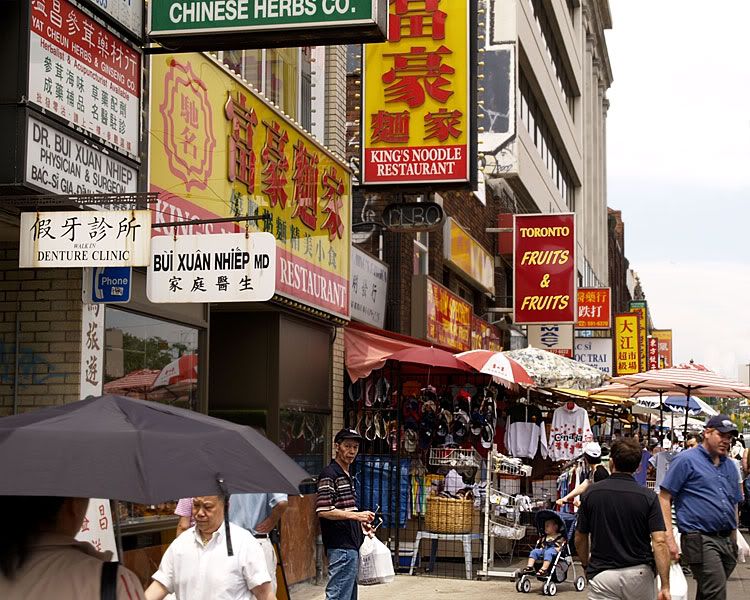
The intersection of Spadina and Dundas is the heart of Toronto's largest Chinatown, and this community is the heart of Spadina. It's a crowded, noisy, chaotic place, home to merchants of many ethnicities and a destination for thousands of shoppers and tourists.
Street Merchants
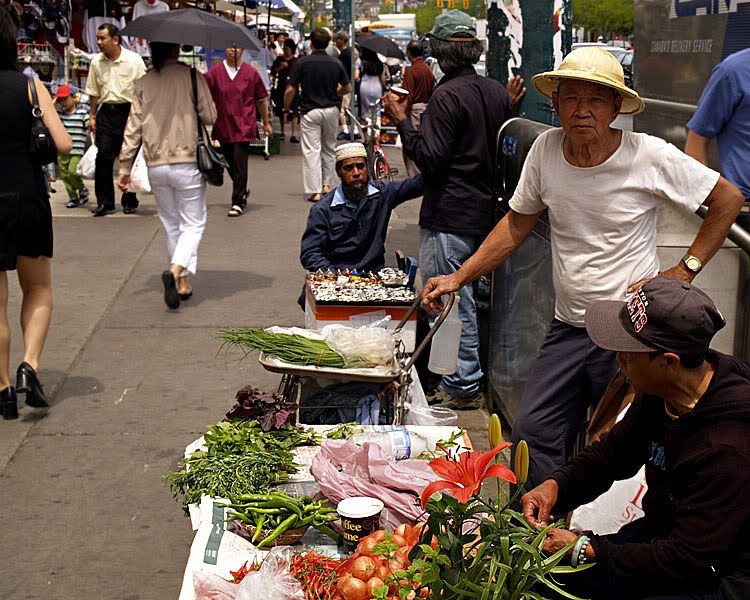
On the street corner you'll find merchants who've set up shop on top of crates and shopping buggies. Operating without permits, they occasionally suffer from visits from the city's bylaw enforcement officers.
Street Market
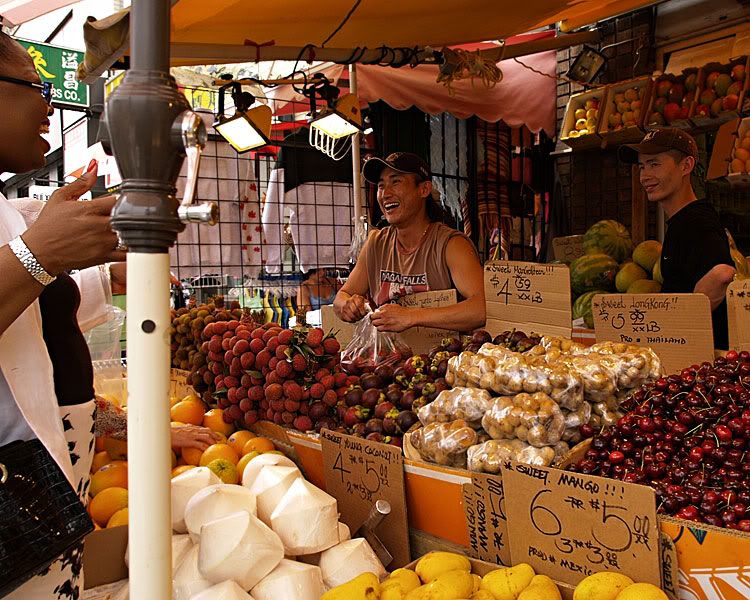
It doesn't take long to recognize the regulars.
Good Morning, Kensington
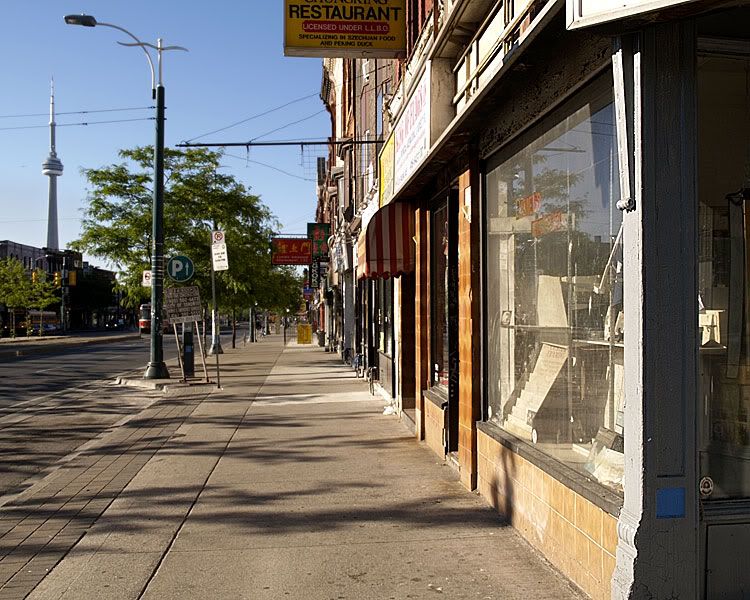
In the 1920s through to the 1950s, this part of Toronto was a home to Jewish emigrants from Eastern Europe. Kensington market reflects the open-air market tradition; north of Chinatown Spadina forms its eastern border. The broad street seems empty after the bustle of Dundas, as the action has all moved away from the grand avenue into the narrow streets and alleys. The mix of stores reflects the change of the neighbourhood into the University district.
College Street and a University
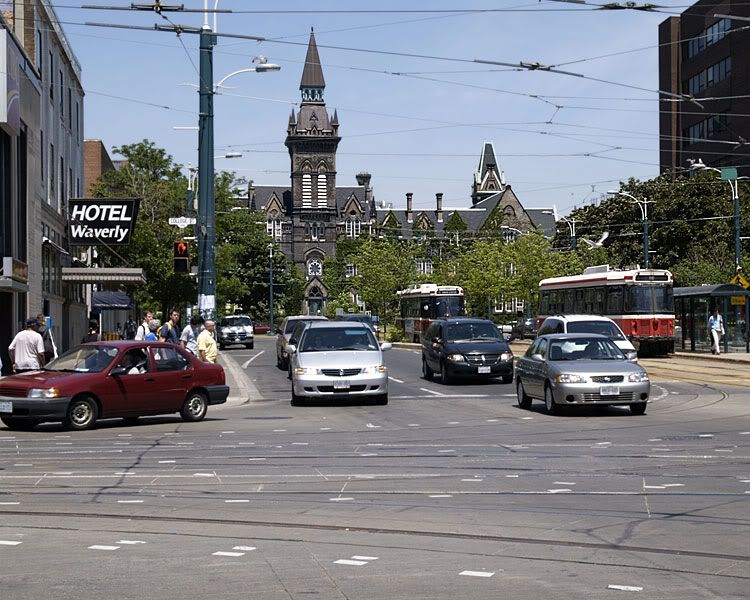
Originally encircling an ornamental garden, and now an old college building used University of Toronto, Spadina Avenue briefly becomes a Crescent. Spadina has left its commercial past behind it, just as it left its industrial past before.
A New Beginning...
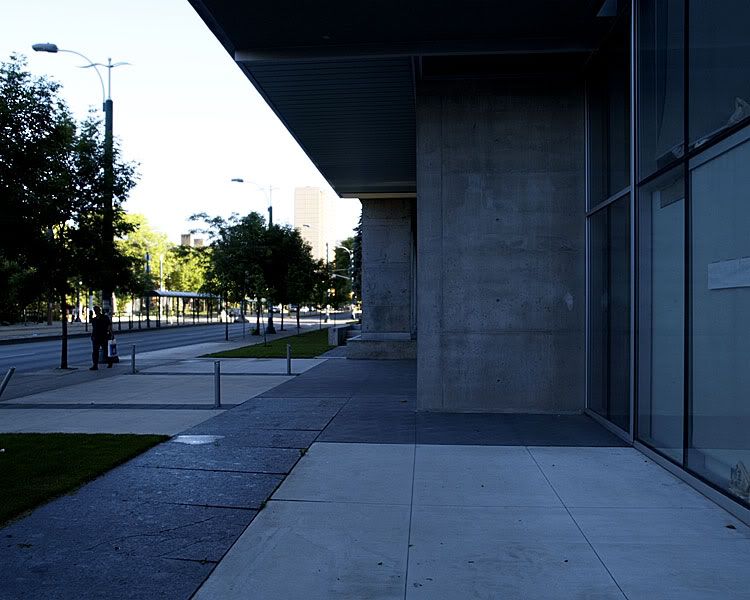
North of Spadina Crescent the Avenue continues, but its character has changed. The old eclectic architecture and history is gone, replaced by modern buildings and lawns. Here we're standing in the shadow of a residence building on the western edge of the massive University of Toronto complex.
... and an Ending.
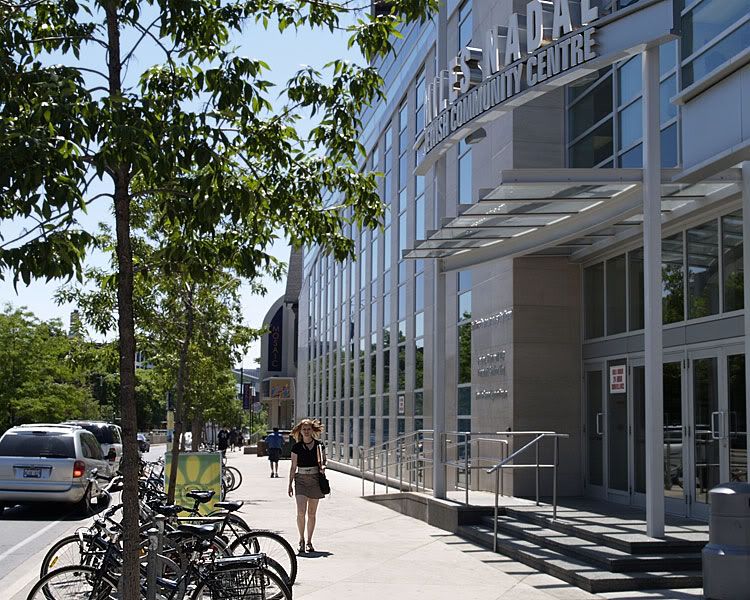
At Bloor street the streetcar runs underground to transfer to the Bloor and Spadina subways. Here we find the Miles Nadal Jewish Community Centre, a fitting reminder of the streets' history as the first 'ethnic' area in a city with the motto "Diversity our Strength." North of the intersection Spadina Road begins, with its own story to tell -- but it is here that our journey ends.
References:
http://transit.toronto.on.ca/streetcar/4108.shtml
http://www.city.toronto.on.ca/culture/spadina_lrt.htm
http://www.lostrivers.ca/points/spadinaave.htm
http://www.canlii.org/ca/cas/scc/1993/1993scc113.html
http://www.toronto.com/feature/7892/Kensington.html
http://www.milesnadaljcc.ca/ha-stories.html
matthew robertson photo essay
Downhill
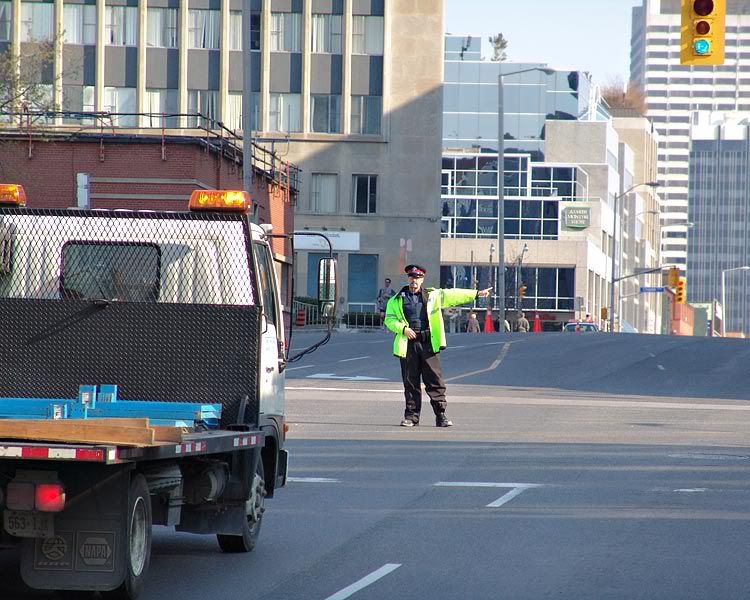
Closing the road for the Sporting Life 10K, part of the Canada Running Series.
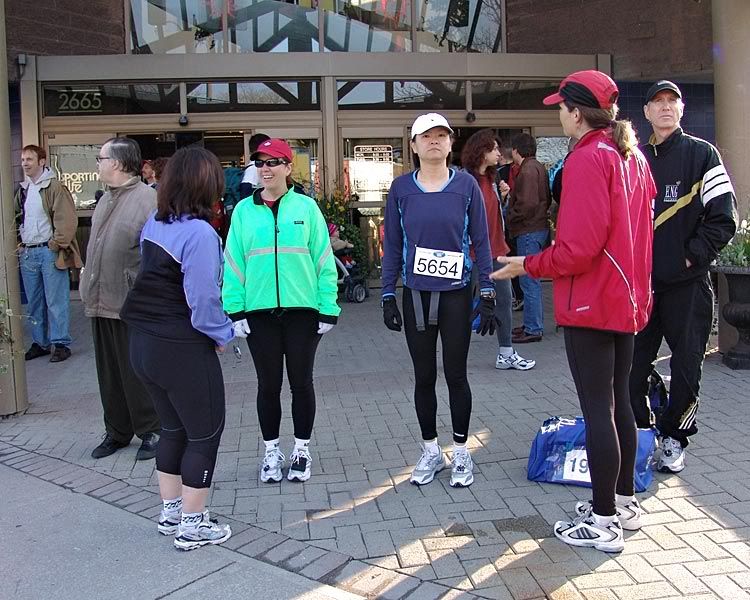
Waiting outside the host store. Conditions were near perfect after a week of rain.
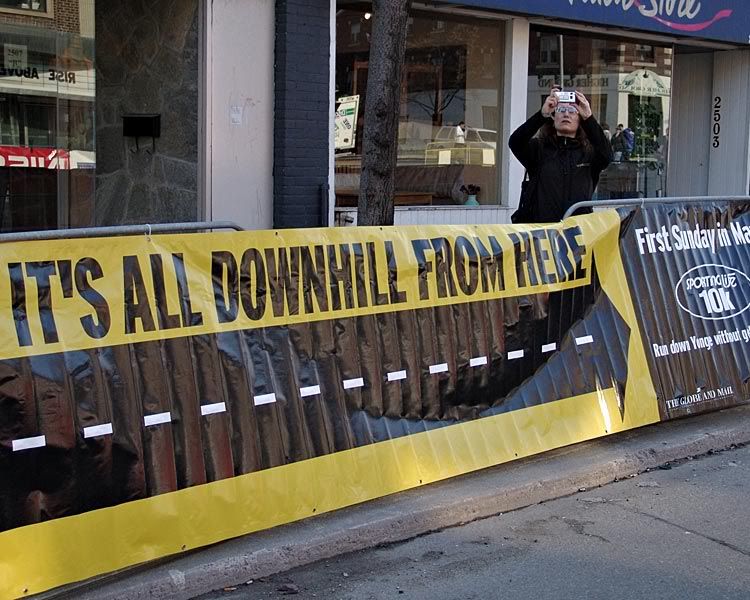
Just past the starting line - ironically, pointing uphill.
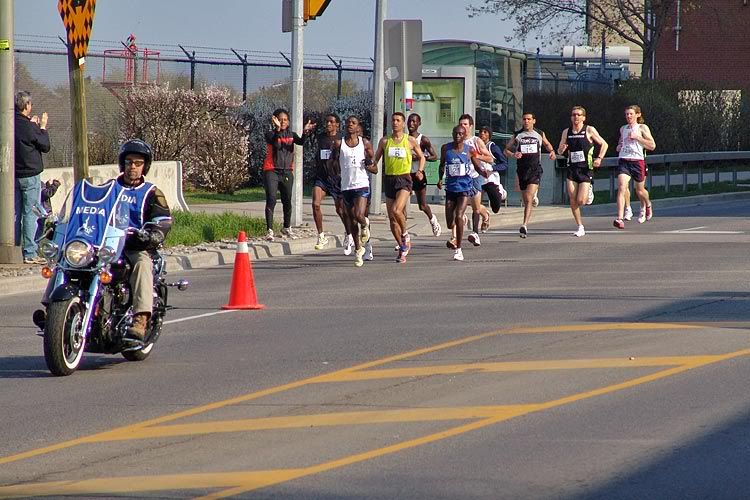
The lead runners starting to pull away.
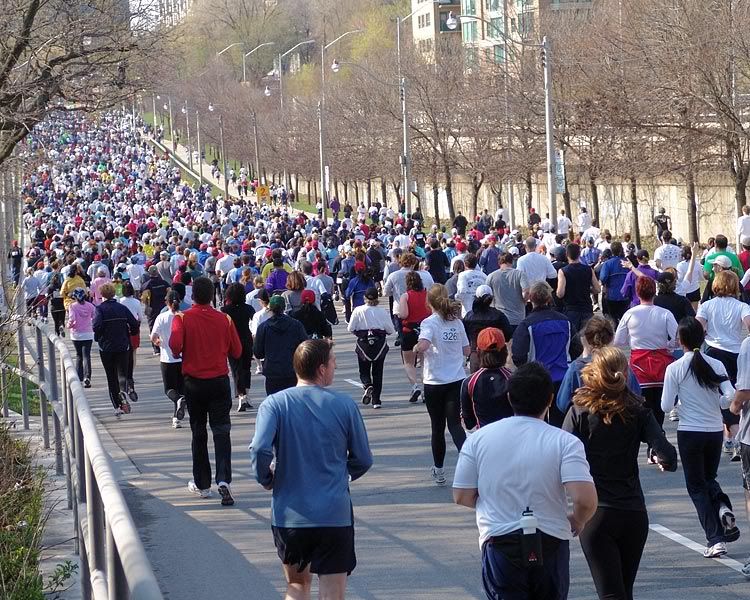
The main pack at the 2K mark.
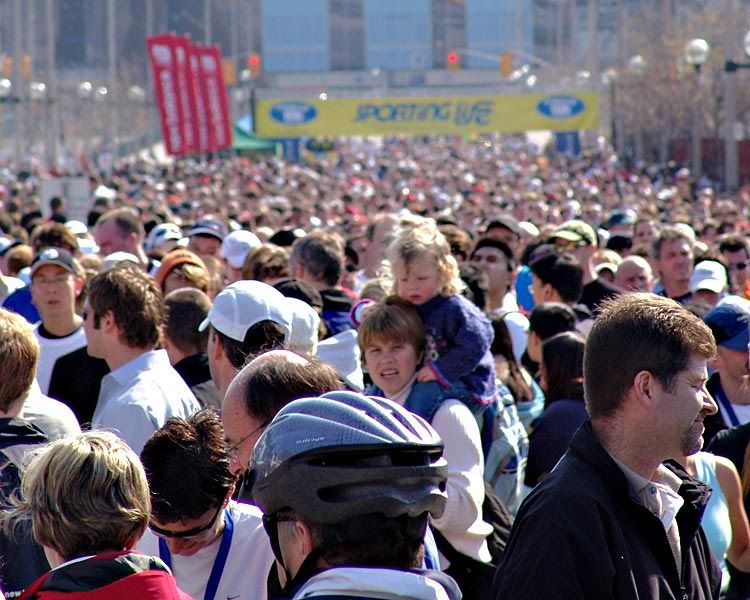
Six thousand three hundred and twenty eight people ran the race.
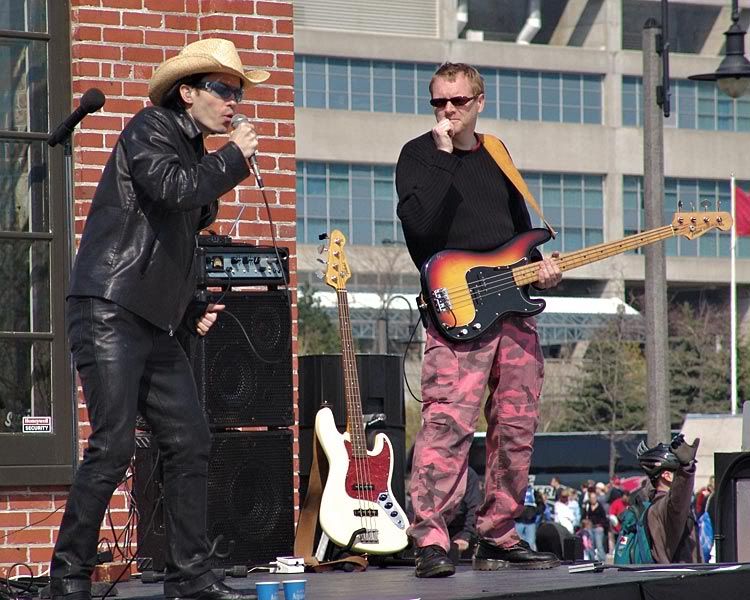
"Elevation", a U2 tribute band, provided post-race entertainment.
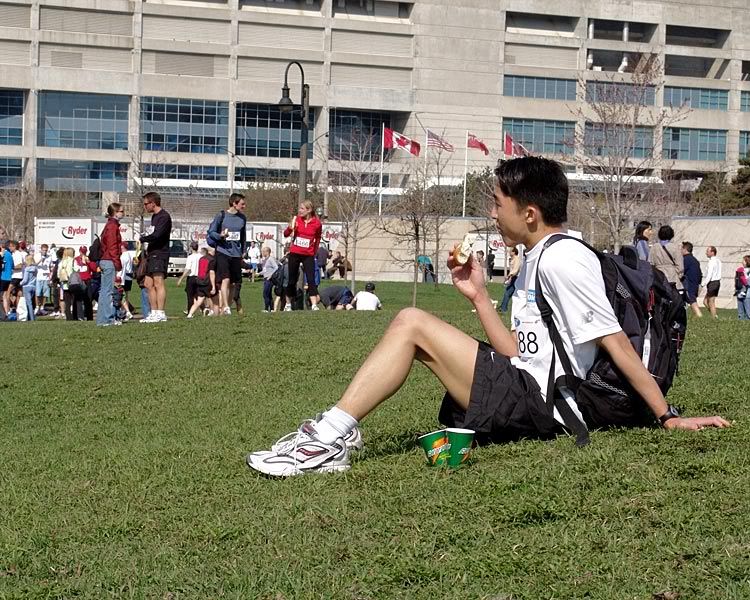
Resting and recharging.

A new personal best - we'll be back again next year.
matthew robertson photo essay
Rule Revolution
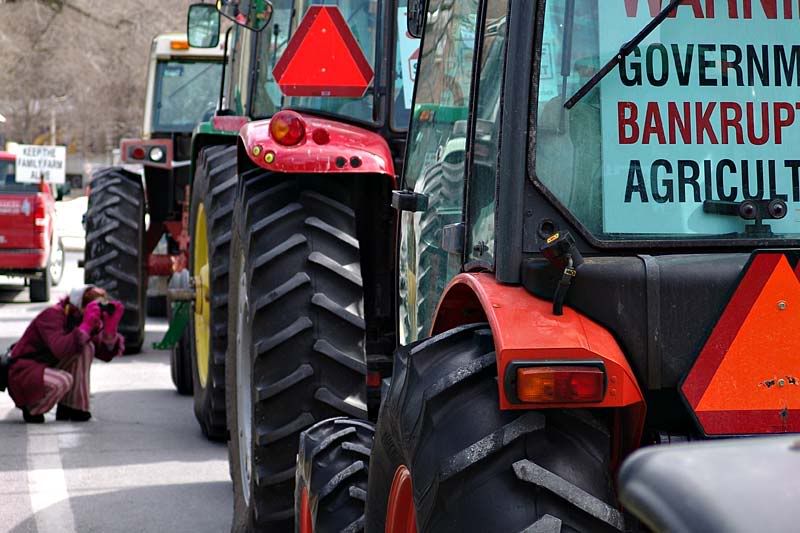
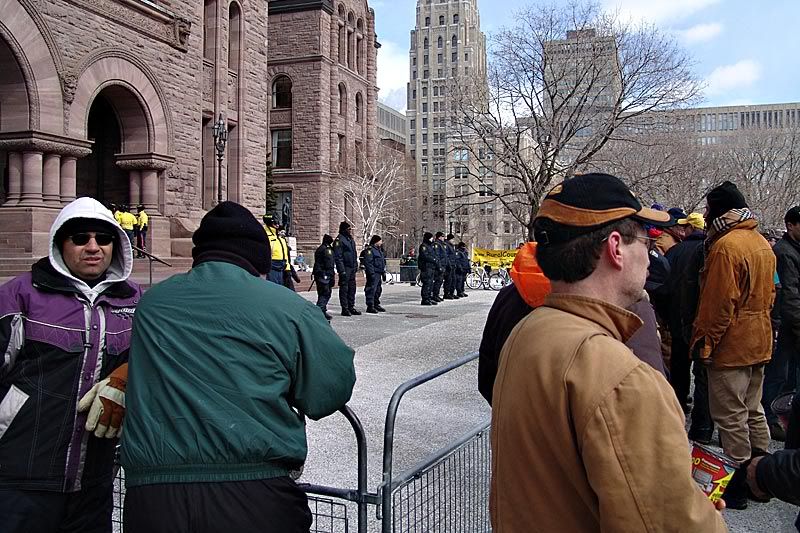
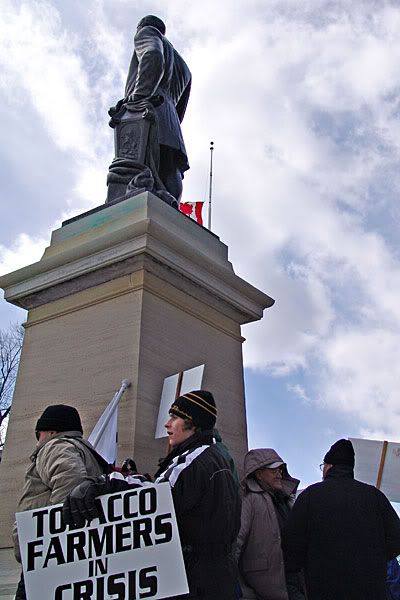
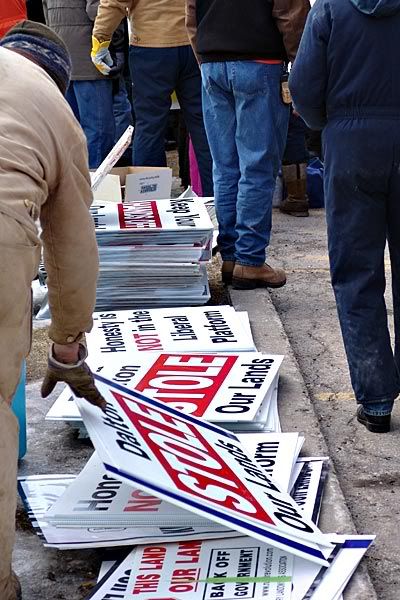
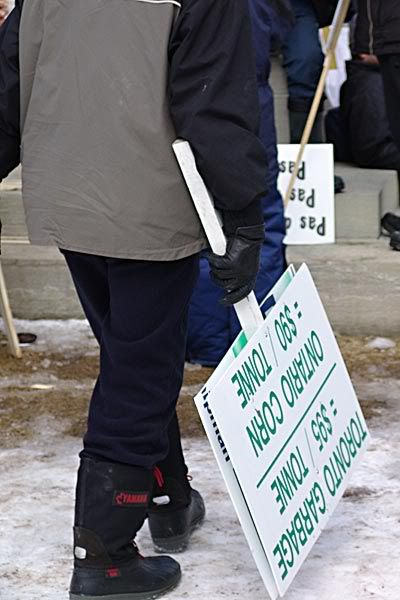

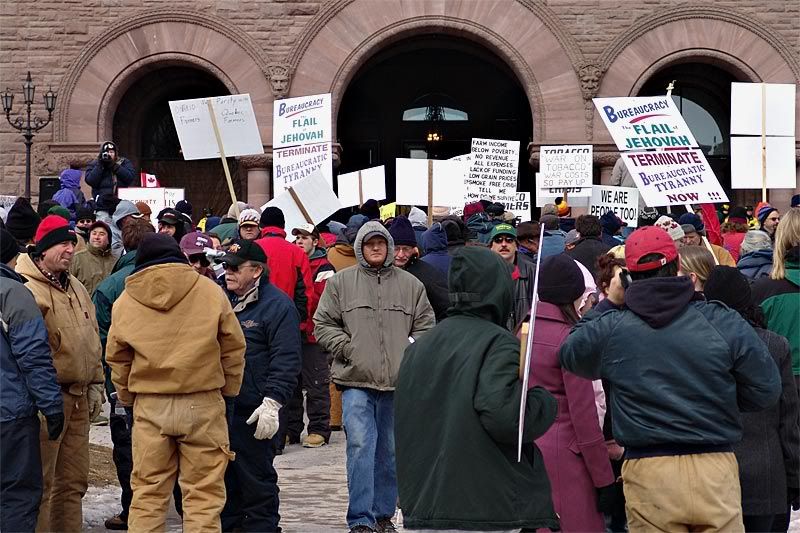
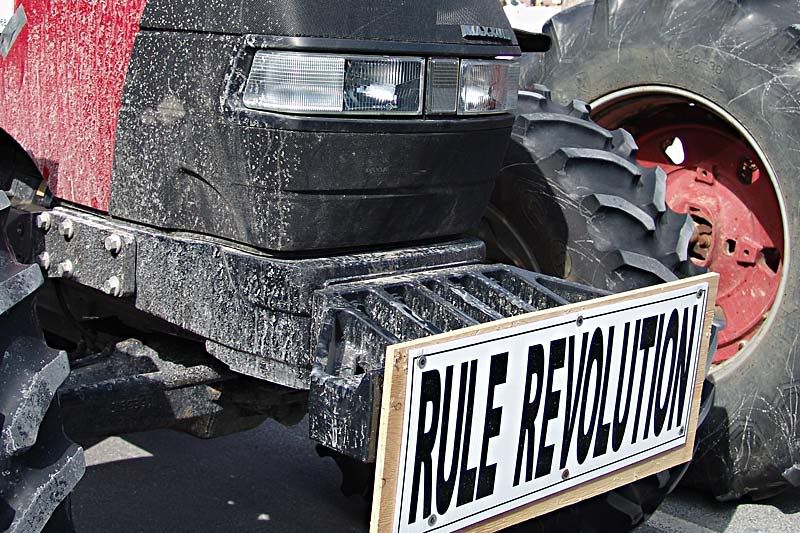
matthew robertson photo essay
Standoff
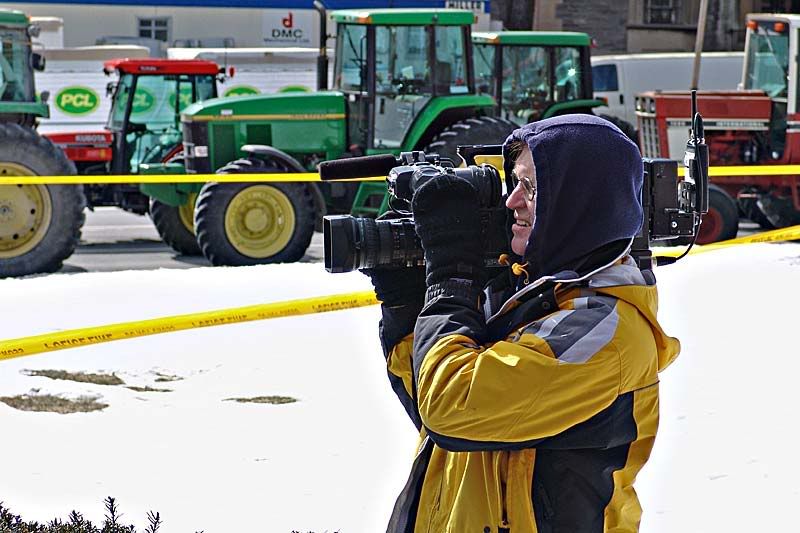
Farmers had gathered for a protest in the city, giving a surreal backdrop to the coming events. It seems impossible, whether seen in person or on TV.
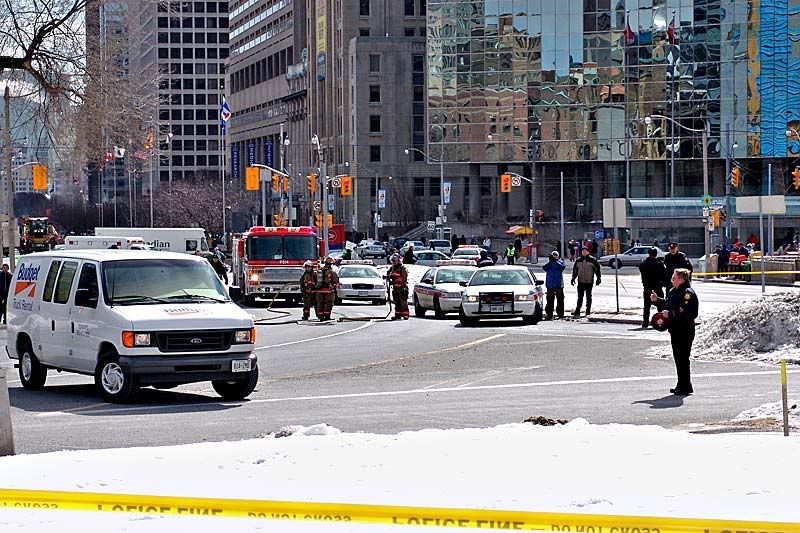
A man in a rental van had doused himself in gasoline, and is threatening to ignite it. The officer standing alone is shouting reassurances to the man inside.

The rear and cargo side doors were also blocked with cardboard, but this was the only one with writing.

A closer view.
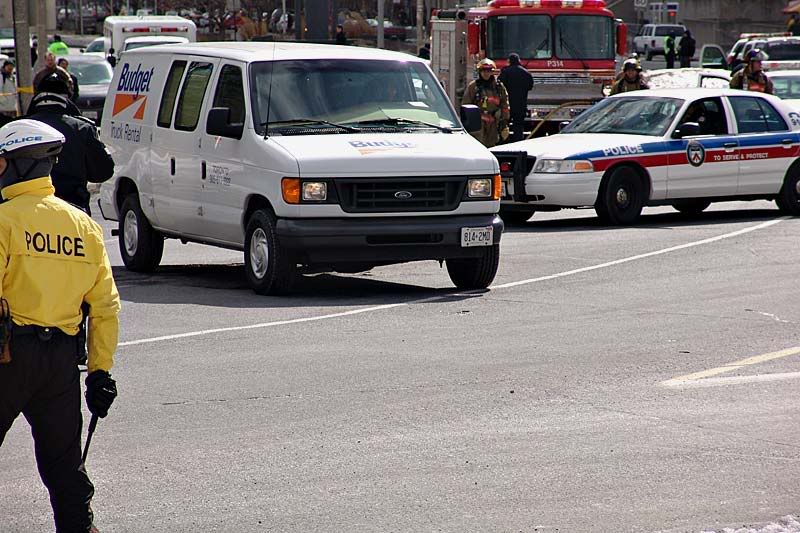
The van starts to move erratically, jerking forward and backward and turning. The officer on the left is moving out of the way, while one of the cruisers that is ringing the van moves in behind.
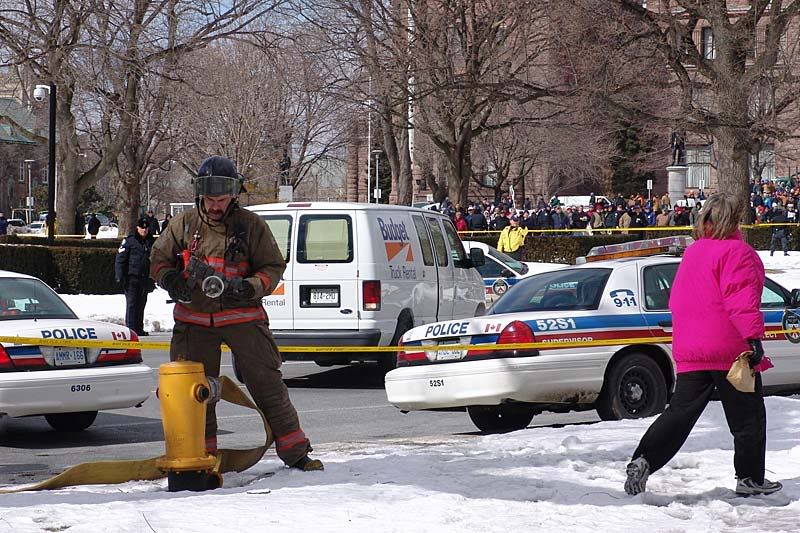
A firefighter connects another hose without regard for the van jumping toward him. A passer-by somehow missed the police cordon, but now hurries past. Twenty minutes have elapsed, and the farmer's protest has turned into an audience.
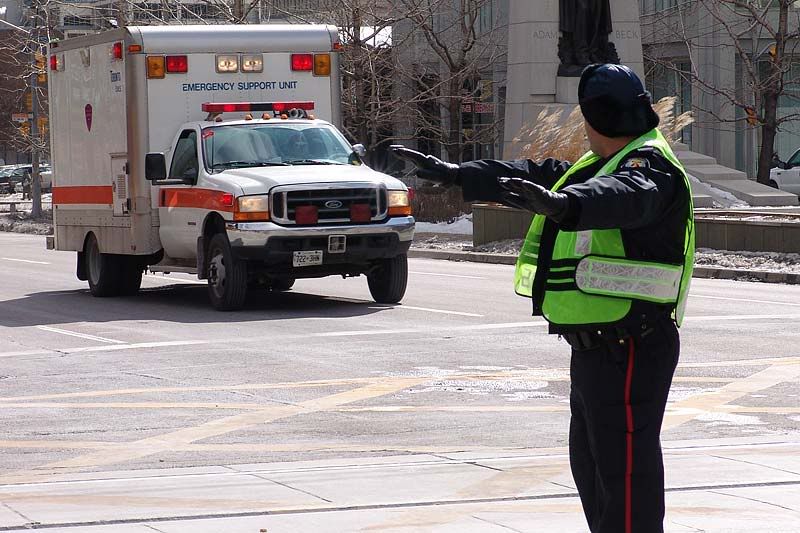
Two blocks south, an inbound ambulance flies past on the road reserved for it by the police.
The man had set himself ablaze. He was immediately pulled from the van and the flames were extinguished by the ready firefighters.
This is an extremely rarely updated essay site. For current photos, visit
robertsonphoto.blogspot.com
Previous Photos
TTC STRIKEThe Queen's Wharf
Jyllands-Posten Protest: Toronto
Orchids
The Bathurst Street Bridge
The Brickworks Collection, 2005
Arson
Fort George, Niagara-on-the-Lake
Barrie and Kids
Welland Triathlon
Full Archives
05.05 07.05 08.05 10.05 11.05 12.05 02.06 03.06 05.06
